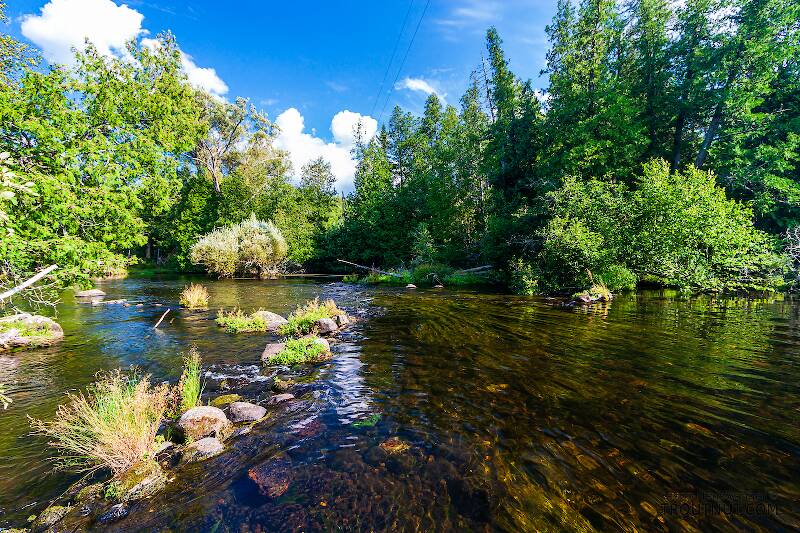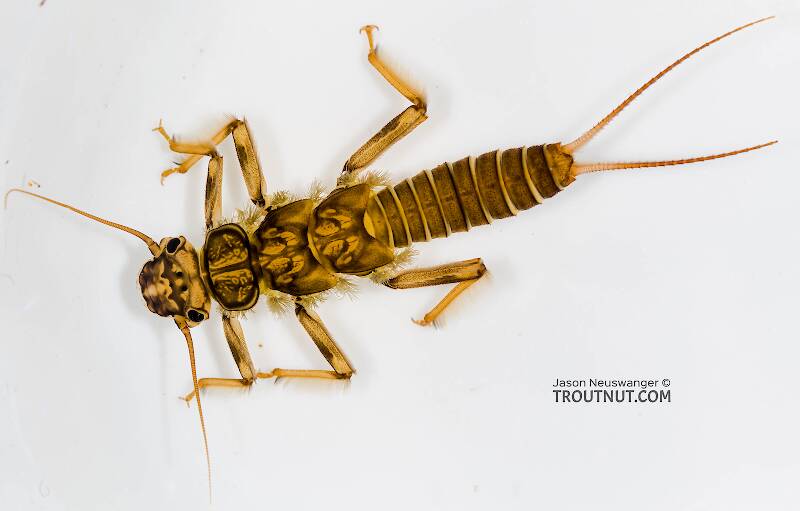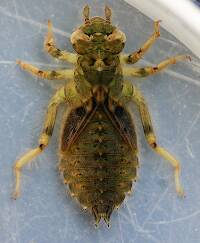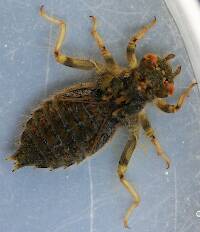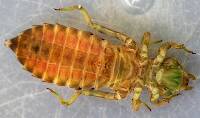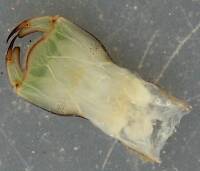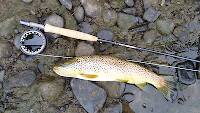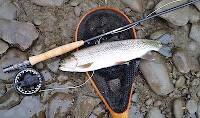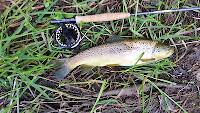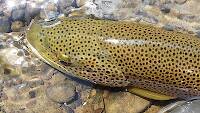
Salmonflies
Pteronarcys californica
The giant Salmonflies of the Western mountains are legendary for their proclivity to elicit consistent dry-fly action and ferocious strikes.
Featured on the forum

Troutnut is a project started in 2003 by salmonid ecologist Jason "Troutnut" Neuswanger to help anglers and
fly tyers unabashedly embrace the entomological side of the sport. Learn more about Troutnut or
support the project for an enhanced experience here.
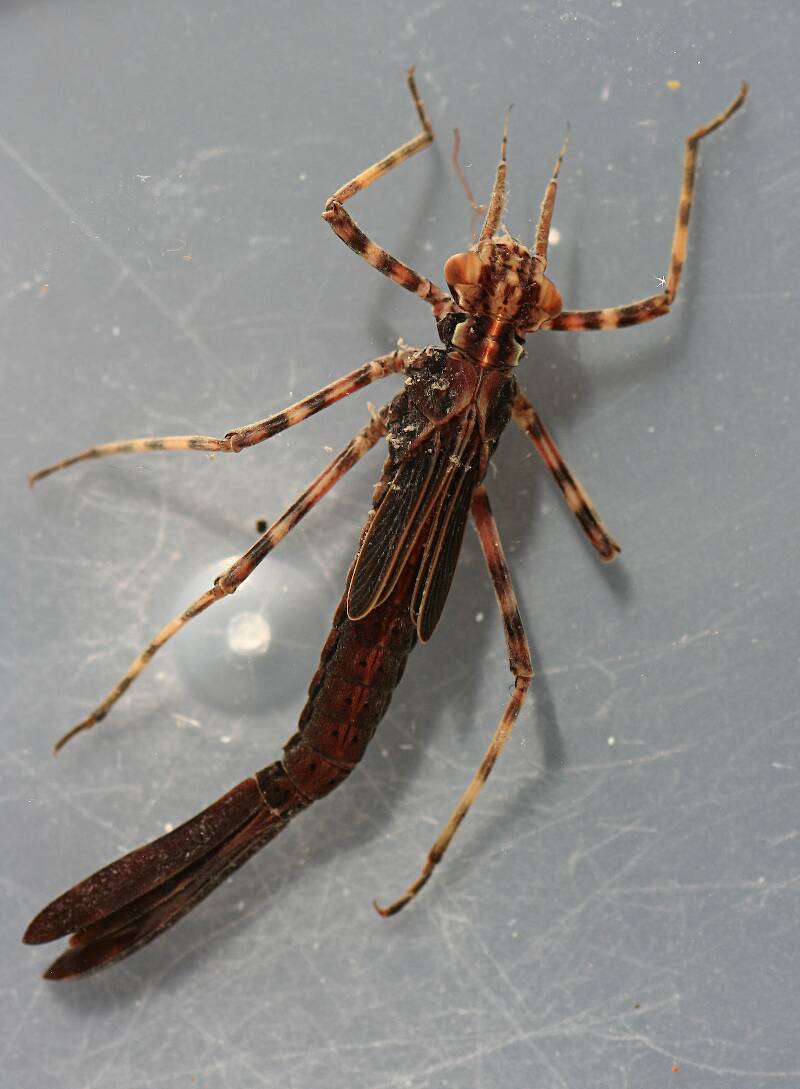
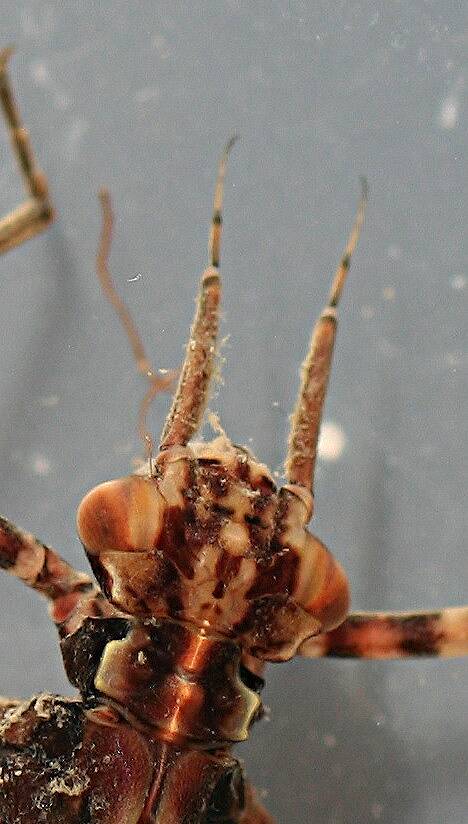
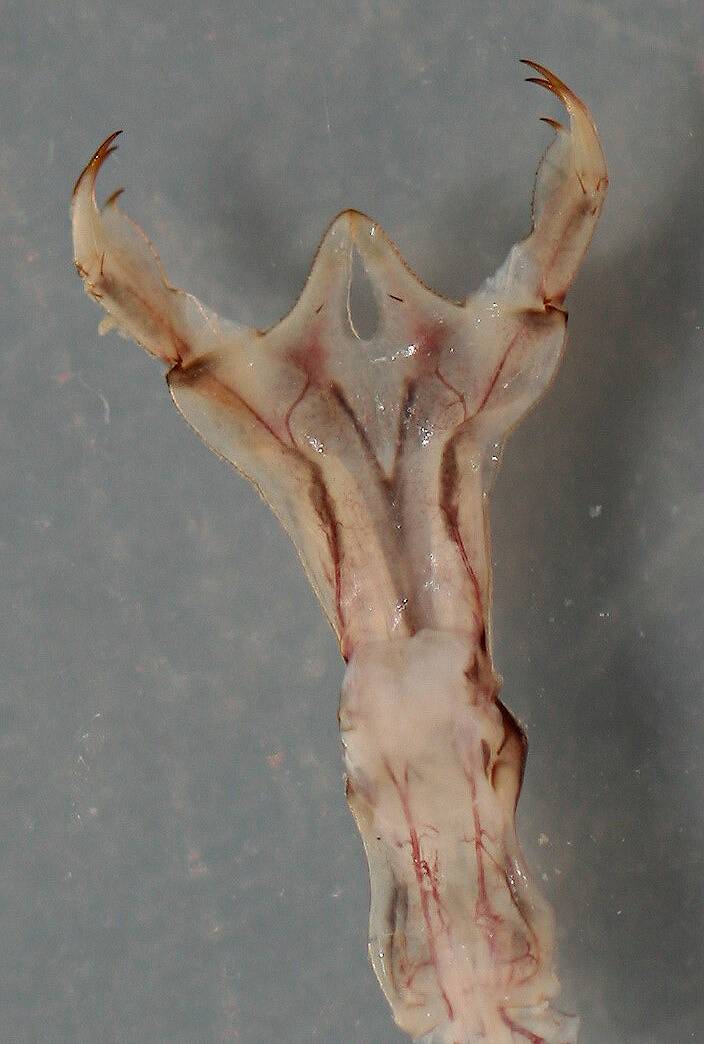
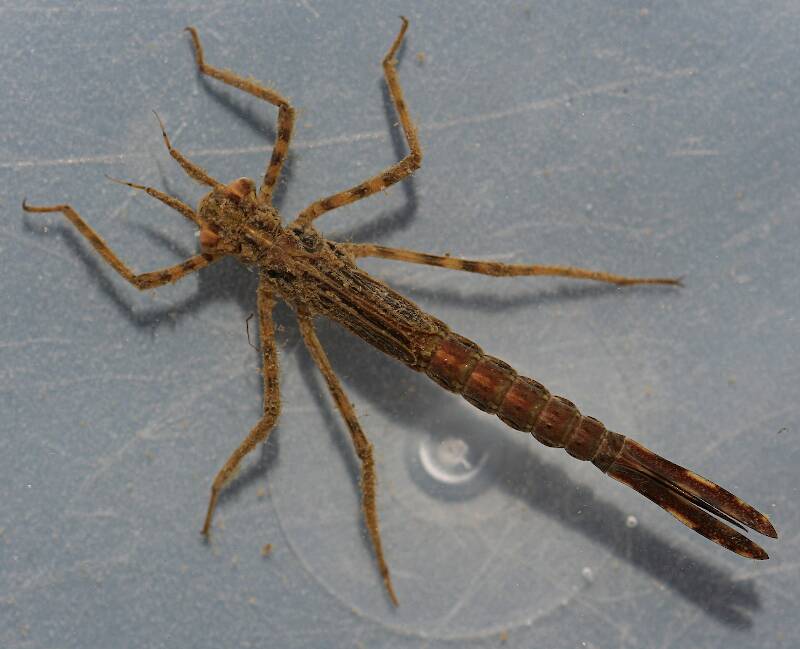
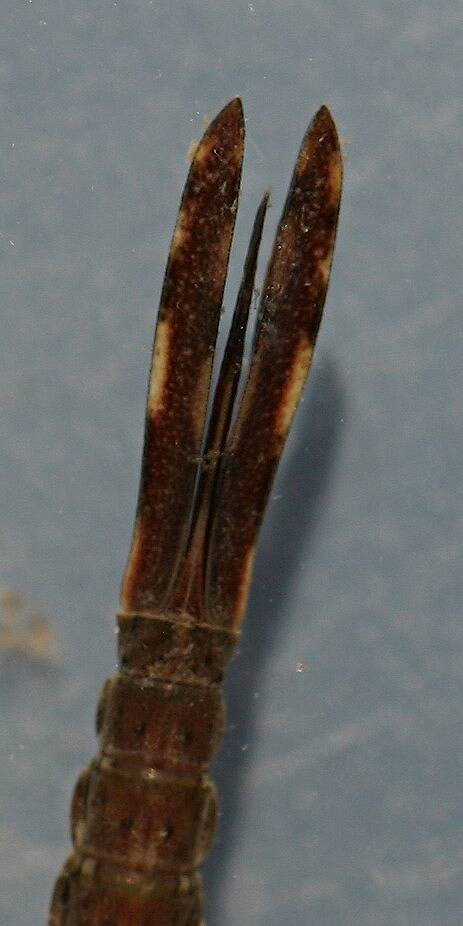
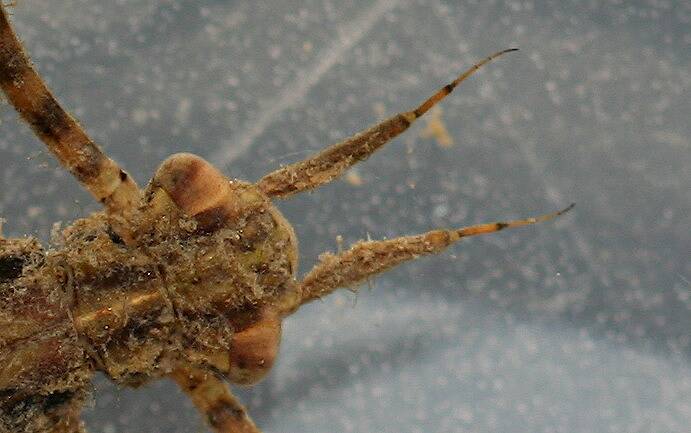
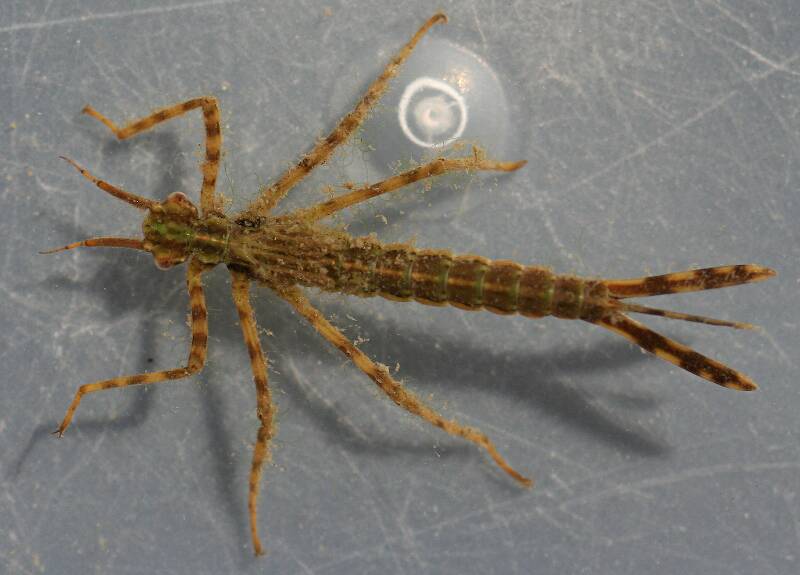
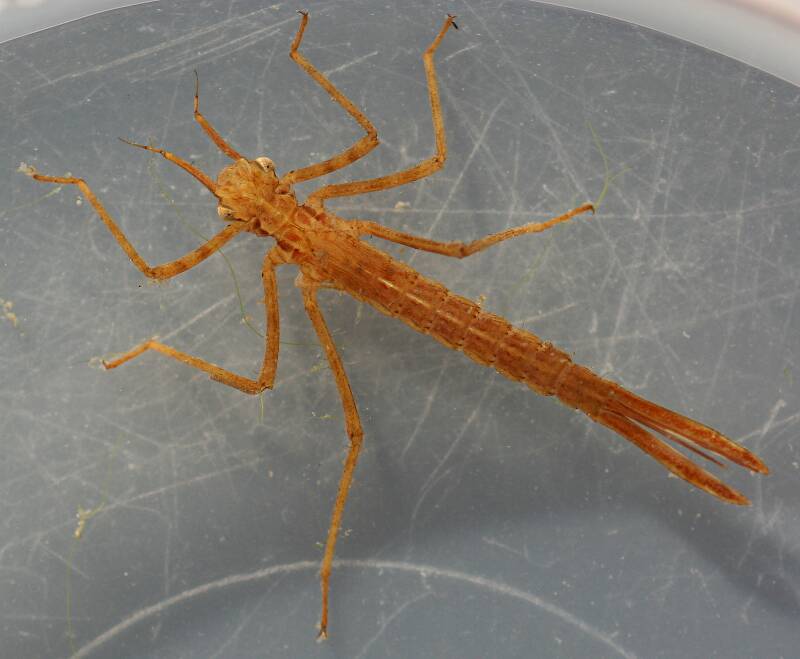
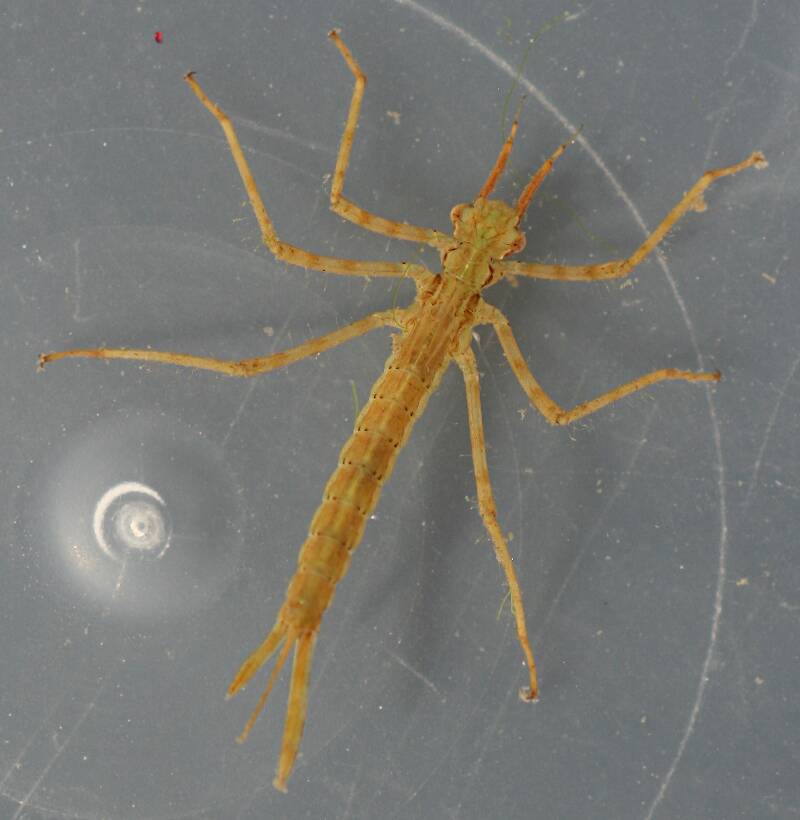
Millcreek on Nov 14, 2014November 14th, 2014, 10:39 am EST
I identified this damselfly naiad to genus using Merritt, Cummins and Berg (2008). As far as I can tell only one species, H. americana is known to occur in California out of the four, possibly five species that are recorded for the United States. The naiads are most commonly found in areas of calm water on floating vegetation.
A common naiad to find in the Russian River. I've included several pictures since they vary quite a bit in coloration.
A common naiad to find in the Russian River. I've included several pictures since they vary quite a bit in coloration.
"If we knew what it was we were doing, it would not be called research, would it?"
-Albert Einstein
-Albert Einstein
Martinlf on Nov 15, 2014November 15th, 2014, 12:53 pm EST
Gorgeous photos. Your contributions here are making me realize how many different food forms that trout may have available to them, as well as alerting me to many unfamiliar critters. It helps keep my fishing imagination alive over the winter. Thanks.
"He spread them a yard and a half. 'And every one that got away is this big.'"
--Fred Chappell
--Fred Chappell
Millcreek on Nov 17, 2014November 17th, 2014, 9:00 am EST
Louis - Yeah, no wonder the trout can be so picky, they've got a smorgasbord at their fin-tips. Always amazing how many different types of protein packages are in the river for them.
Mark
Mark
"If we knew what it was we were doing, it would not be called research, would it?"
-Albert Einstein
-Albert Einstein
Quick Reply
Related Discussions
Topic
Replies
Last Reply
0
Jan 21, 2017
by Mcflyangler
by Mcflyangler

